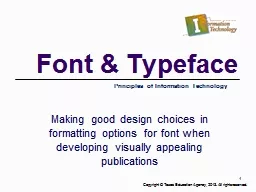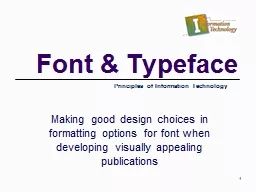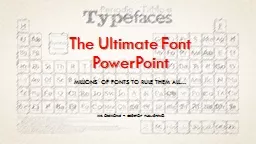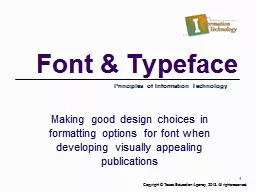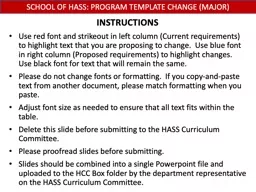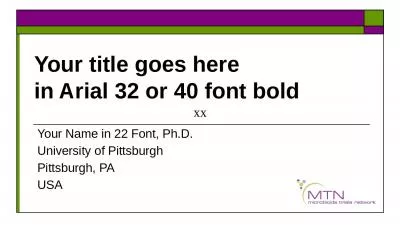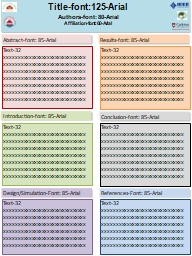PPT-The Effect of Font on Product Purchasing Behavior
Author : yoshiko-marsland | Published Date : 2020-04-08
Statement of the Problem The purpose of this study was to determine whether the type of font used on a product or in an advertisement can influence the purchasing
Presentation Embed Code
Download Presentation
Download Presentation The PPT/PDF document " The Effect of Font on Product Purchas..." is the property of its rightful owner. Permission is granted to download and print the materials on this website for personal, non-commercial use only, and to display it on your personal computer provided you do not modify the materials and that you retain all copyright notices contained in the materials. By downloading content from our website, you accept the terms of this agreement.
The Effect of Font on Product Purchasing Behavior: Transcript
Download Rules Of Document
" The Effect of Font on Product Purchasing Behavior"The content belongs to its owner. You may download and print it for personal use, without modification, and keep all copyright notices. By downloading, you agree to these terms.
Related Documents


